Orange gull (Cepora judith)
The Orange Gull (Cepora judith) is a captivating butterfly species known for its vibrant coloration and delicate wings. Here are some key details about this butterfly:
Appearance
- Wingspan: The Orange Gull typically has a wingspan of about 45-55 mm (1.8-2.2 inches).
- Coloration: The upper side of the wings is primarily white with bright orange and black markings. The forewings have an orange band that is bordered with black, while the hindwings are more predominantly white with minimal black edging. The underside of the wings is more subdued, with pale yellowish or whitish hues and subtle brown markings.
- Sexual Dimorphism: Males and females are similar in appearance, though females may have slightly less vibrant colors compared to males.
Habitat
- Range: Cepora judith is distributed across South and Southeast Asia, including countries such as India, Sri Lanka, Myanmar, Thailand, Malaysia, and Indonesia.
- Environment: These butterflies thrive in tropical and subtropical environments. They are commonly found in forested areas, gardens, parks, and near water sources such as rivers and streams.
Behavior
- Feeding: Adult Orange Gulls feed on nectar from a variety of flowering plants. They are particularly attracted to brightly colored flowers.
- Flight: They are strong fliers and are often seen fluttering rapidly in open areas, though they can also be observed resting with their wings closed on foliage.
- Basking: These butterflies often bask in the sun with their wings open, showcasing their vibrant colors.
Life Cycle
- Eggs: Females lay their eggs singly on the leaves of host plants, which are typically species of the family Capparaceae.
- Larvae: The caterpillars are green and well-camouflaged against the leaves of their host plants. They feed voraciously on the foliage.
- Pupation: The larvae pupate into a chrysalis that is green or brown, mimicking the surrounding environment to avoid predation.
- Adults: After a period of pupation, adult butterflies emerge to start the cycle anew.
Adaptations
- Camouflage: Both larvae and pupae have evolved coloration that helps them blend into their surroundings, reducing the likelihood of being detected by predators.
- Warning Colors: The bright orange and black patterns on the adults’ wings serve as a warning to potential predators about their unpalatability, a common trait among butterflies that feed on toxic plants during their larval stage.
Ecological Role
- Pollination: As nectar feeders, Orange Gulls play a role in pollinating flowers, contributing to the health and reproduction of various plant species.
- Prey: They are part of the food web, serving as prey for birds, spiders, and other predators.
Conservation
- Status: Cepora judith is not currently considered endangered. However, habitat destruction and deforestation can threaten local populations.
- Conservation Efforts: Protecting natural habitats and promoting biodiversity in gardens and parks can help maintain healthy populations of these and other butterfly species.
The Orange Gull (Cepora judith) is a beautiful and ecologically important butterfly, easily recognizable by its vibrant colors and active behavior. Conservation of their habitats is crucial for their continued presence and the overall health of the ecosystems they inhabit.
Visited 69 times, 5 visit(s) today
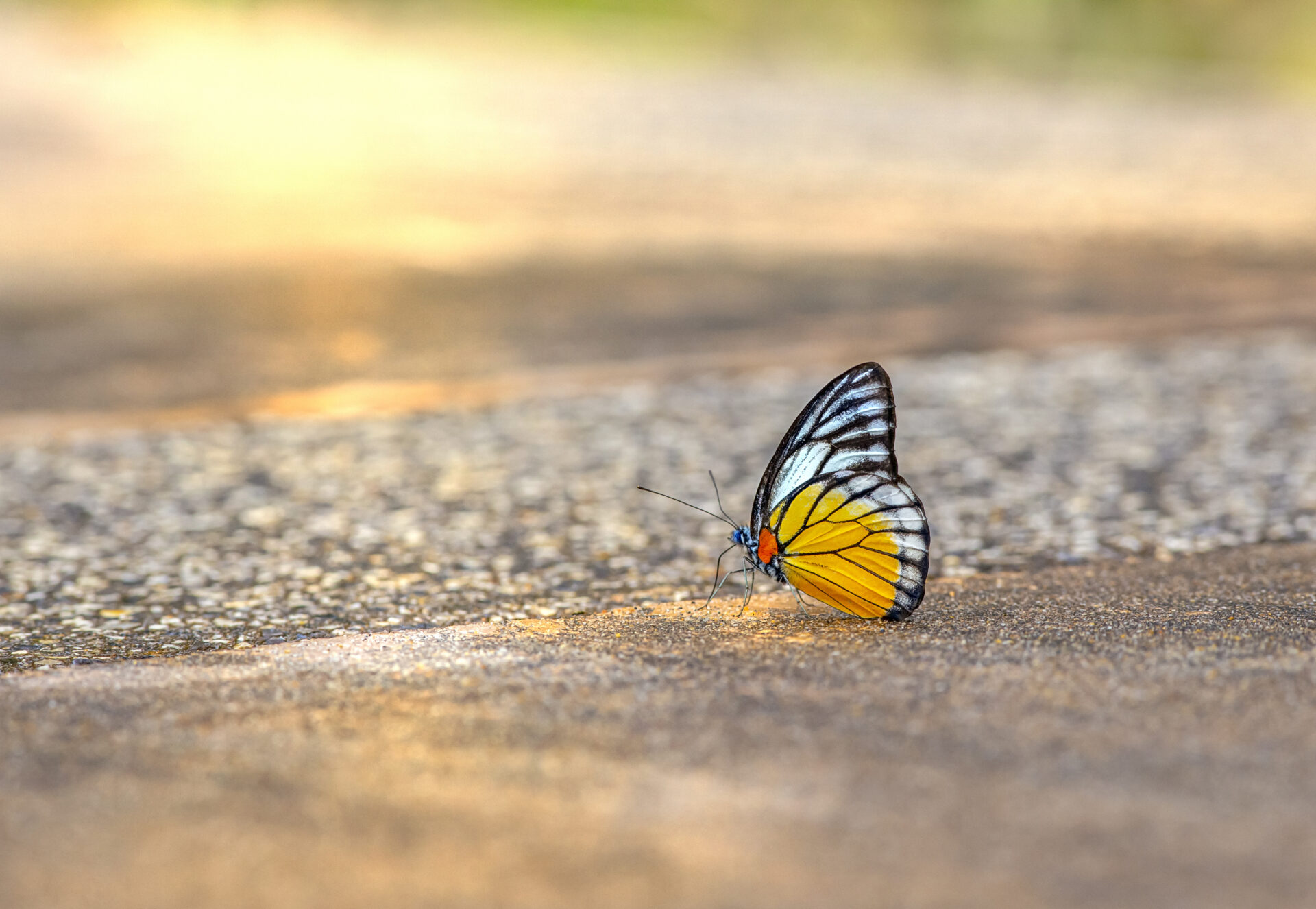

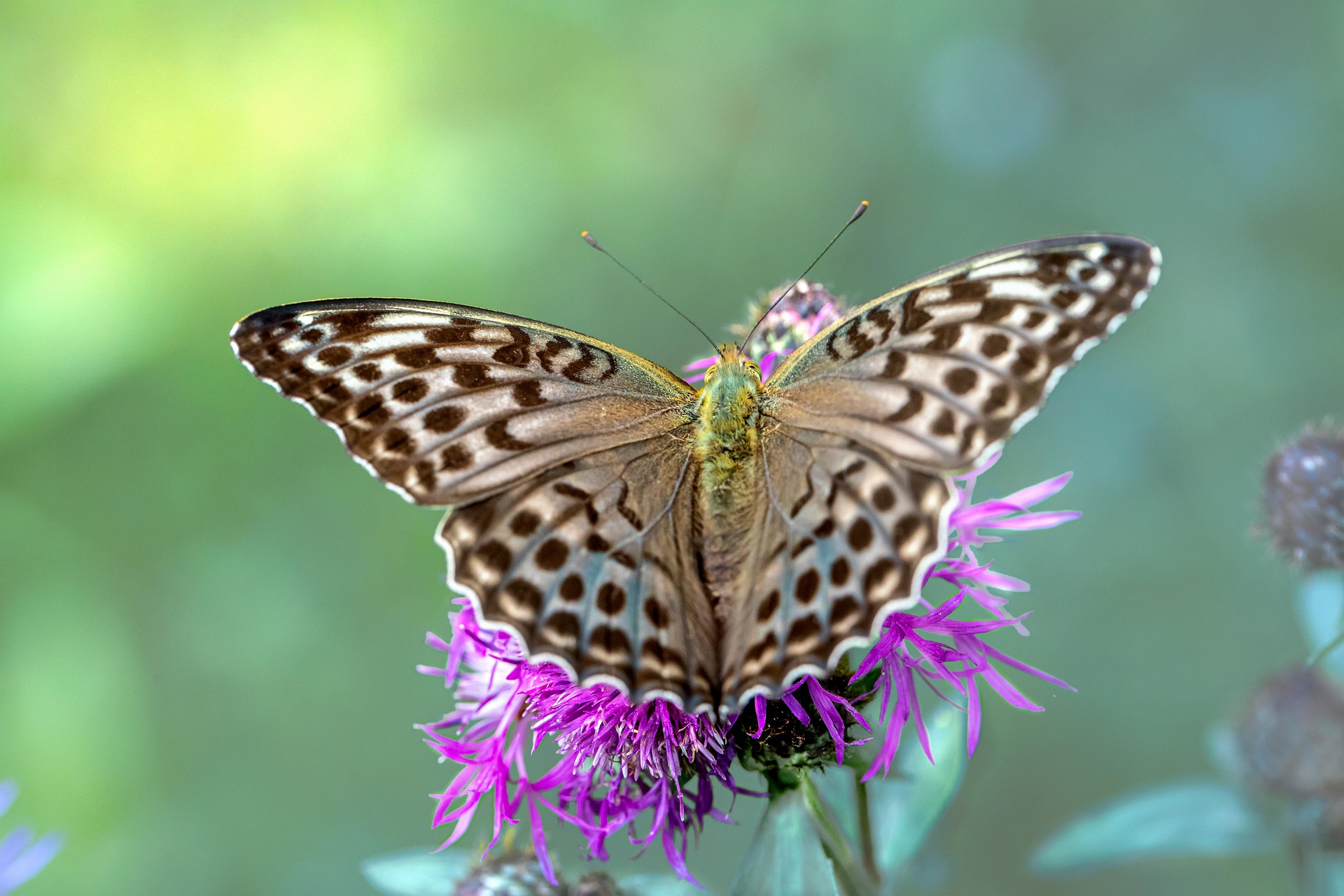

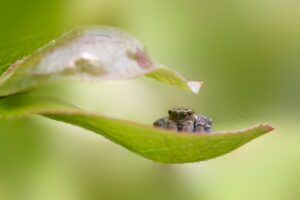
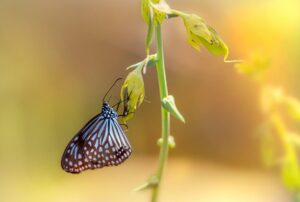
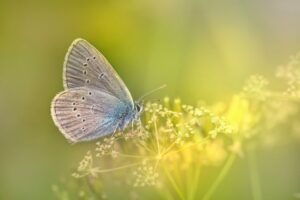
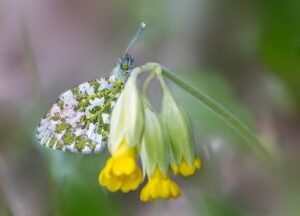
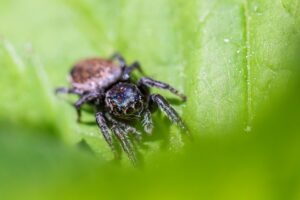
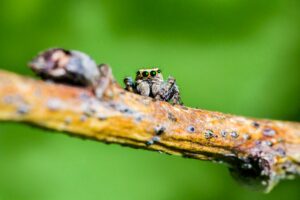
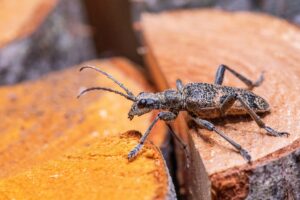
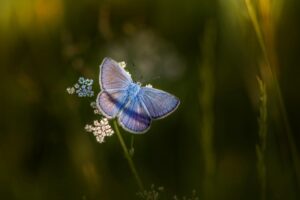
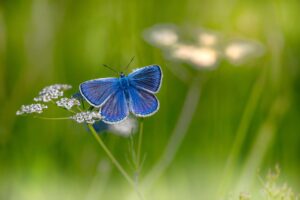
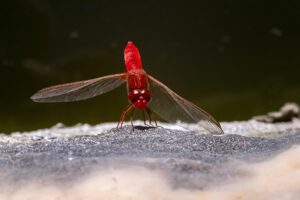
Post Comment